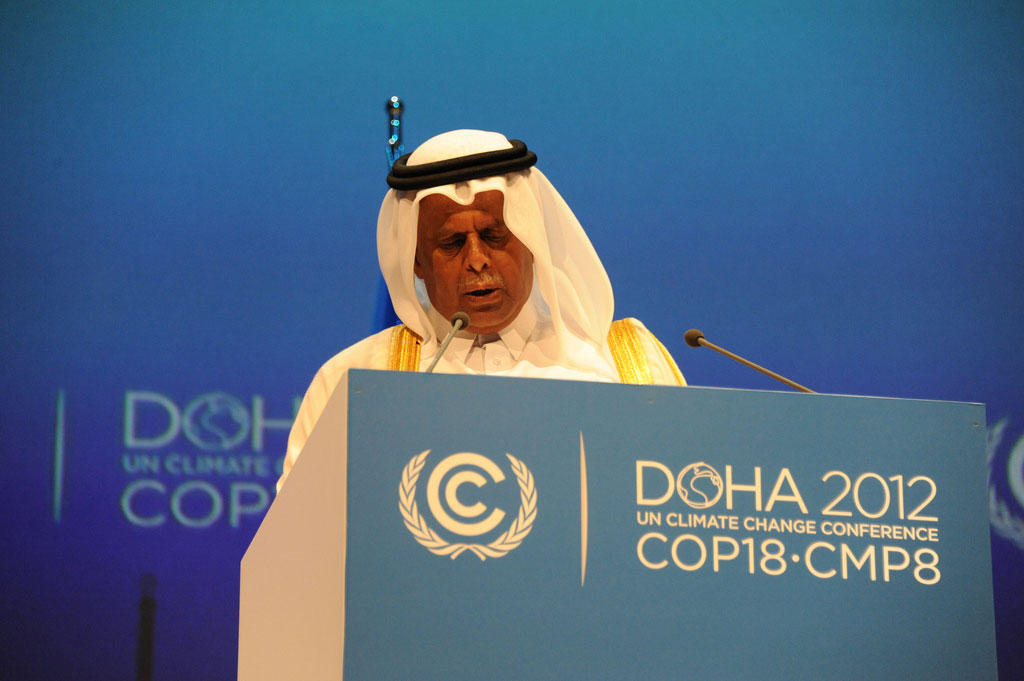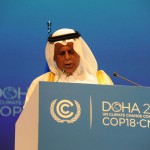Ecomondo 2013 – “Carbon Footprint, LCA, Environmental Product Declaration – a path towards sustainable materials””
MR Energy Systems at Ecomondo 2013 presents how to reach important commercial results while abating products environmental impact.
 Memo
MemoVenue: Sala Girasole Hall Est lato pad.D7
CITTA´ SOSTENIBILE – Seminar
Edilizia Materiali Qualità Certificazione
A cura di GreenProducts
Ottimizzare il rapporto fra edificio, energia, ed ambiente, rientra nelle finalità dei vari protocolli di qualità e certificazione, conseguentemente i singoli materiali impiegati nella costruzione devono corrispondere a determinati requisiti di sostenibilità.
Programma
Ore 14.00 | Registrazione
Ore 14.30 | Inizio lavori
Prospettive e scenari futuri della certificazione LEED
Mario Zoccatelli – Presidente GBC Italia
Schemi di certificazione: Carbon Footprint, LCA, Environmental Product Declaration
Mauro Roglieri – MR Energy Systems srl – Consigliere GBC Italia
L´evoluzione e la scelta dei materiali nei grandi cantieri LEED
Stefano Ferri – Presidente Polistudio – Consigliere GBC Italia
Qualità Ambientale Interna: requisiti per i materiali basso-emissivi
Francesco Balducci – Responsabile di Laboratorio Cosmob SpA
La progettazione e scelta dei materiali secondo i criteri di certicazione LEED
Fabio Betti – GreenProducts
Il portale dei materiali per l´edilizia certificata
M. Paolo Semprini . GreenProducts
Ore 17.00 Discussione e Chiusura dei lavori

